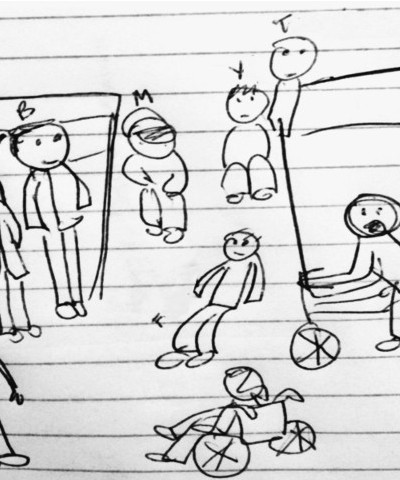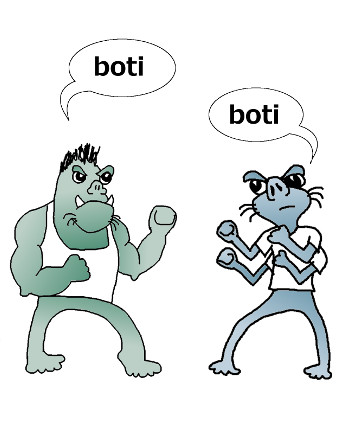Corpus Work
Large corpora of sound files is, for me, one of the most exciting aspects of being a sociophonologist today. Big data sets allow us to identify broad patterns of change across communities over time, and ask more nuanced questions about sound change and variation. Identifying the broad dialect-specific patterns of variation and change also provides a critical backdrop for fine-grained investigations into how language variation contributes to social meaning. In my corpus work, I've made use of existing corpora (like ONZE and the PNC), as well constructed a new large-scale corpus (IHELP).
- Betsy Sneller. 2018. Mechanisms of Phonological Change. PhD Thesis, University of Pennsylvania. [read]
- William Labov, Sabriya Fisher, Duna Gylfadottir, Anita Henderson and Betsy Sneller. 2016. Competing Systems in Philadelphia phonology. Language Variation and Change 28(3): 273--305. [pdf]
- Sabriya Fisher, Hilary Prichard and Betsy Sneller. 2015. The apple doesn't fall far from the tree: Incremental change in Philadelphia families. University of Pennsylvania Working Papers in Linguistics 21.2. [pdf]
- Betsy Sneller and Sabriya Fisher. 2015. When GET got noticed: The emerging salience of GET-passives. University of Pennsylvania Working Papers in Linguistics 20.1. [pdf]


